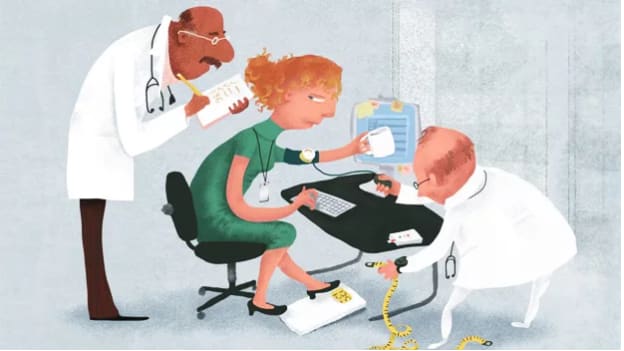Emergency care for employees

First aid is the immediate care given to a victim of an accident or sudden illness before the arrival of a qualified expert. The purpose of First-aid is to provide temporary relief and minimize the complications before proper medical treatment can be provided to the victim.
Accidents are likely to happen at workplaces. Employees could either fall sick or get injured at work. An emergency action plan should be made in advance for the employees, to control medical crisis to a certain extent. Like it is said, prevention is better than cure, all employees must be given clear information about first aid available at the workplace. The information should include the location of first aid kits, the names, and locations of first aid providers, the location of the first aid room if any. It is the duty of the employer to make a first aid needs assessment, and so the contents of each individual kit may vary according to each workplace’s requirements. First aid requirements may vary from one workplace to the other, depending on the nature of the work, the types of hazards present, the size, location, number and composition of people at the workplace, etc.
Contents of a First Aid Kit- A leaflet on general first aid- Medium size sterile dressings |
Every workplace should have First Aid providers or trained professionals. First aid requirements at work fall into three categories: - Wellness programs should be conducted at workplaces on regular basis. Employees need to be given primary information on how to deal with the medical crisis and treat the other fellow victim. This will help them to deal with uncalled situations and emergencies.
1) Aptly stocked first aid kits and facilities
2) Appropriate number of suitably trained first aid providers
3) Information for employees about first aid arrangements
There are chances where CPR (Cardiopulmonary Resuscitation) emergencies could occur at workplaces. CPR is an emergency procedure that combines chest compression often with artificial ventilation in an effort to manually preserve intact brain function until further measures are taken to restore spontaneous blood circulation and breathing in a person who is in cardiac arrest. There must also be emergency plans in place to deal with workplace emergencies like collapsing, bruises or cuts, burns, etc., depending on the nature of the workplace. This emergency plan must provide procedures which include:
- An effective response to an emergency
- Evacuation procedure
- notifying emergency service organizations at the earliest opportunity
- Medical treatment and assistance
- Effective communication between the authorized person coordinating the emergency response and all persons at the workplace
- Information, training, and instruction to relevant workers in relation to implementing the emergency procedures.
All workers should be familiar with emergency procedures for the workplace, such as:
- Who to report to in an emergency
- Emergency telephone numbers
- Evacuation procedures and the assembly points
The organization can consider procuring AED (Automated External Defibrillator) machine. This is a life-saving machine to restore spontaneous circulation in case of cardiac arrest. However, the use of AED machine needs proper and adequate training.
First aid at workplaces is extremely critical. The organization should set up first aid equipment on basis of the nature of the organization to minimize emergency cases and to ensure there is minimal/no harm done to any employees. The safety of the employees is the company’s onus and they are responsible for treating any emergencies that occur at the workplace.













